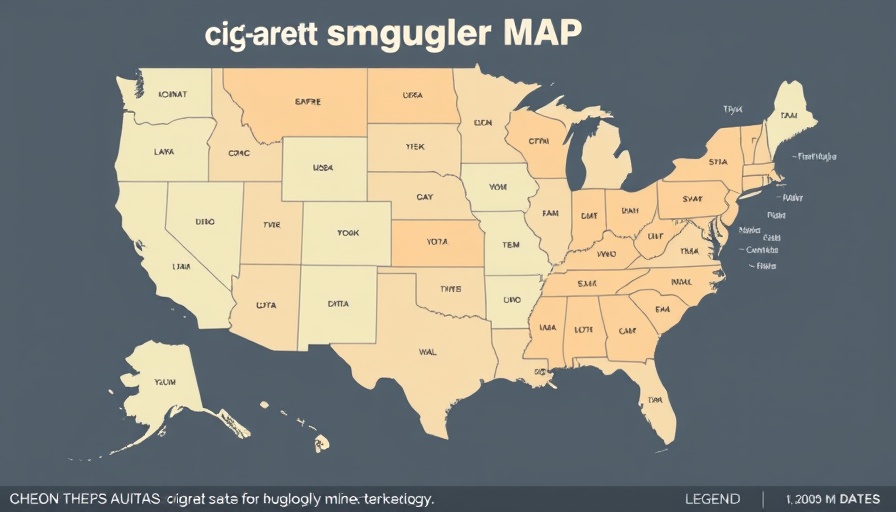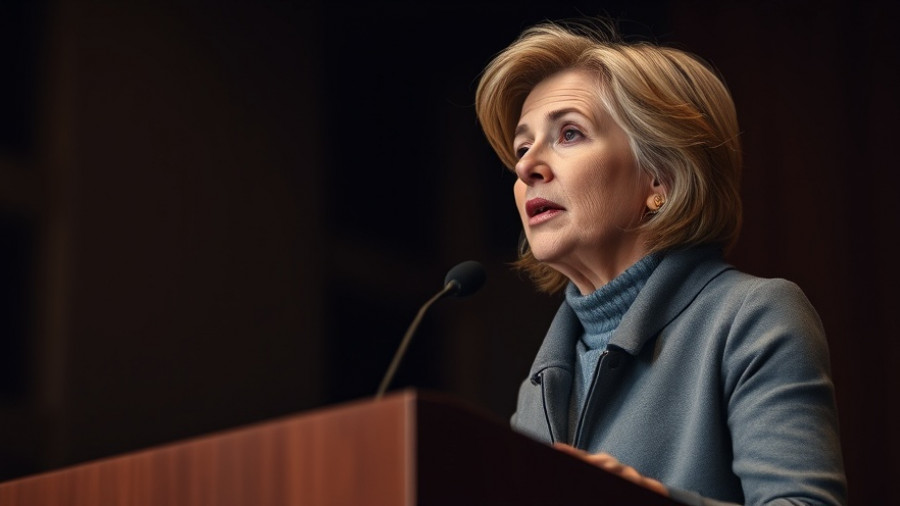
The Rising Tide of Cigarette Smuggling: What the Data Shows
Cigarette smuggling has emerged as a significant issue in the United States, particularly as states continue to hike their cigarette tax rates. According to recent data, California has taken the lead as the state with the highest percentage of smuggled cigarettes, surpassing New York for the first time in years. An alarming 52.5% of cigarettes consumed in California were reportedly acquired illegally. This trend raises important questions about the effectiveness of high tax rates and their unintended consequences.
Understanding the Relationship Between Taxes and Smuggling
The data correlates a clear link between increasing tax rates and cigarette smuggling activities. As states raise their cigarette taxes, a significant number of consumers seek alternatives either through out-of-state purchases or illicit channels. In New York, close behind California, 51.8% of cigarettes consumed were also smuggled. Such statistics suggest a broader challenge facing state governments: are the intended public health benefits of higher taxes offset by the rise in illegal sales and cross-border shopping?
The Dynamics of Cross-Border Purchasing
On the other hand, states like Wyoming and Virginia exhibit high outbound smuggling rates, with 55% and 47.9% of cigarettes bought in these states consumed elsewhere. This phenomenon creates a scenario where consumers from neighboring areas flock to buy cheaper cigarettes, effectively fortifying black markets that thrive on the disparity in tax rates. A deeper examination reveals how tax strategy could inadvertently bolster criminal enterprises.
Possible Solutions and Future Insights
Addressing cigarette smuggling requires a multifaceted approach, blending tax policy with enforcement measures. Policymakers must consider whether the fiscal benefits of higher taxes outweigh the negative implications of increased smuggling. This reflection could pave the way for creative solutions that might incorporate moderation in tax adjustments alongside community engagement to promote smoking cessation programs.
Conclusion: The Future of Tobacco Taxation
The dialogue surrounding cigarette taxation and smuggling is far from over. It is essential for states to evaluate these trends carefully, balancing the need for public health with effective taxation strategies. With careful consideration and strategic planning, it may be possible to reduce smuggling activity while still addressing the health risks associated with tobacco use. The future of these policies will require active participation from citizens, businesses, and government entities alike.
 Add Row
Add Row  Add
Add 




Write A Comment